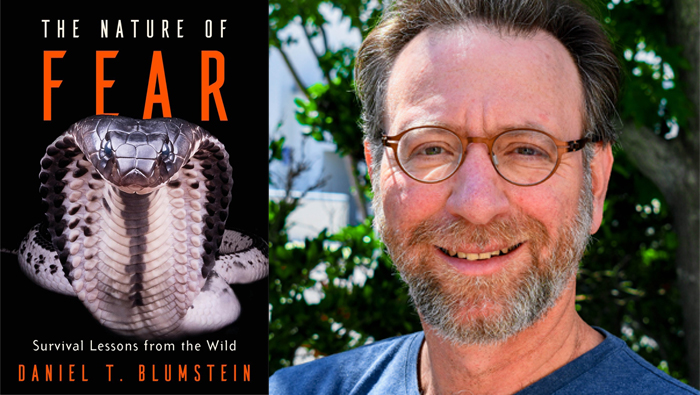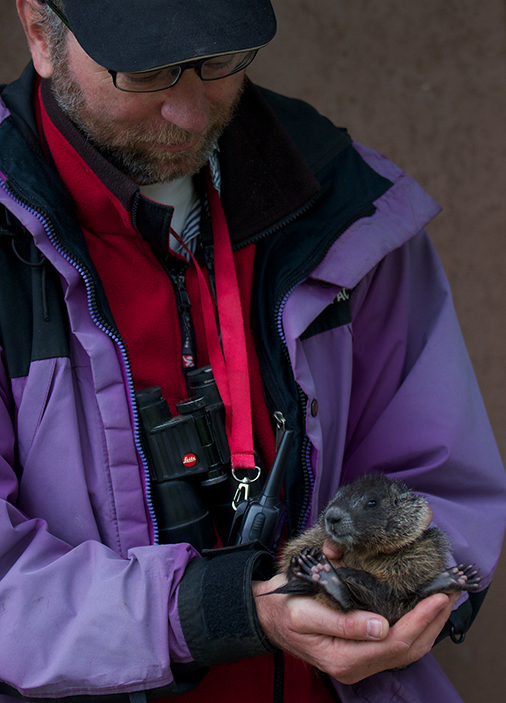
Daniel T. Blumstein, M.S. ’90, Ph.D. ’94, a professor of ecology and evolutionary biology at UCLA, has been studying animals’ fear responses for more than 30 years. In his latest book, The Nature of Fear (Harvard University Press, 2020), he demystifies the science of fear and shares insights from his research. As part of one of the longest-running studies of individually identified animals, Blumstein follows yellow-bellied marmots in Gothic, Colorado, every summer when they come out of hibernation.
What can we learn from animals in this area?
Fear is one of those ubiquitous emotions that is shared with many other species. By studying antipredator behavior in the variety of species that I have, I think we can potentially distill some lessons from life that might shed light on why we are afraid and what we’re afraid of. We know that humans can get both desensitized and hyper-sensitized to potential threats. Responses like PTSD are the legacy of very adaptive responses to risk that have kept our successful ancestors alive. The book describes the tools and strategies that many different species employ to ensure their safety.

From what you’ve learned, what is the best way to approach fear?
The big take-home message is that we are the descendants of a long line of successful ancestors that got their risk assessment right. We infer that animals that overreacted in nonadaptive ways, and thus wasted too much energy, as well as those that were too cautious died. Those that got the balance right left descendants — that ultimately include us. This changes the way we think about risk and fear. The challenge is not to eliminate fear; the challenge is to get the trade-offs right. Really it’s about how cautious one should be and this varies based on a variety of factors.
What is a lesson that applies to humans?
There’s contradictory folk wisdom — “better safe than sorry” and “nothing ventured, nothing gained.” One insight that emerges is the general trend that it’s actually OK to overestimate risk a little bit. It’s better to be cautious if the consequence of making a mistake is huge. When dealing with a variety of risks and threats, “better safe than sorry” seems to be the best strategy.
What are you afraid of?
I’m afraid of threats I don’t have control over that occur around me. When we lack control, it changes the way we assess risk and make tradeoffs. I’m a conservation scientist, so I’m afraid of what we’re doing to our Earth and the biodiversity I love.
How much do marmots figure in the book?
I tell a number of stories about marmots and what we’ve learned from many studies. But my favorite animals these days are sessile marine invertebrates — animals that can’t really escape yet still have what seems to be sophisticated antipredator behavior. For instance, I love giant clams! We are learning so much from them.